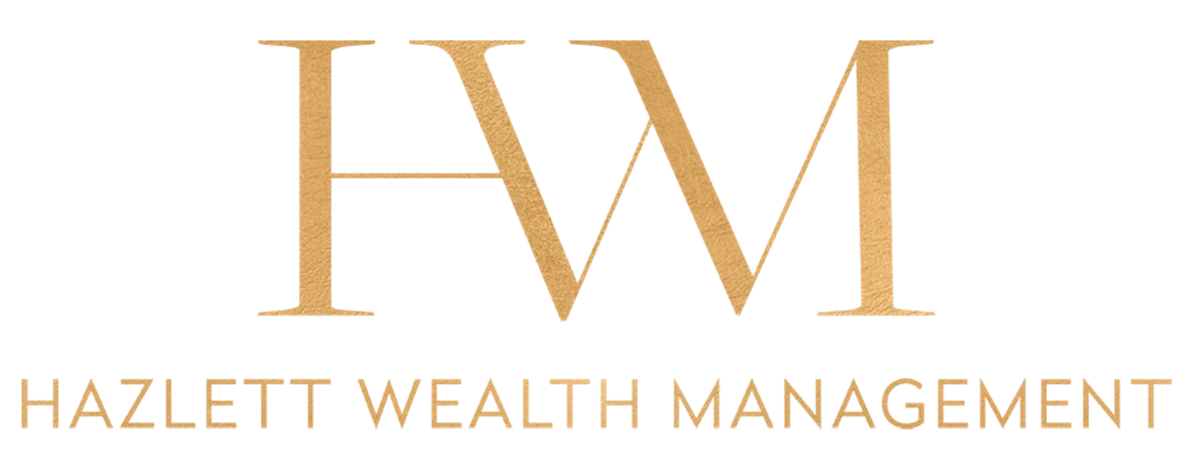a view of the art market
Originally published in Western Home Journal
When referenced, “the art market” is likely to be narrowly defined by the revenues of the largest auction houses and the worldwide sales of masterpieces. Within a series of articles, we’ll begin with that higher elevation perspective and then craft a view of the state-of-the-art market much closer to home.
FRAMING THE SCENE
Due to the global pandemic of 2020, gallery sales fell by an average of 36% in the first half of the year as nearly all galleries closed their locations into early summer. One-third of galleries downsized, losing an average of four employees. Renowned cultural economist Dr. Clare McAndrew, founder of Arts Economics, a research and consulting firm, completed her most recent research and published her report in September. Key findings in McAndrew’s study are that online sales accelerated, collectors remain active and engaged, improved price transparency was well received, and physical encounters with art continue to be highly valued. “Crises can also be unique times of restructuring and innovation within markets,” says McAndrew.
To demonstrate able shifts executed in Idaho, in the pages that follow, four galleries—Harvey Art Projects, Wood River Fine Arts, Gail Severn Gallery, and Gilman Contemporary—as well as Boise State University have shared their tactical maneuvers.
Historically, the art market’s business cycles tend to lag behind the stock market’s undulations and those of the broader economy. When stock valuations are rising, consumers increasingly feel financially secure and confident. The resulting wealth effect creates a change in consumers’ perceived wealth and accompanies a shift in spending. While the pandemic has put us in unprecedented times, there have been other periods of turmoil, both economic and otherwise, that have affected art sales in the last 30 years.
Pullbacks occur in the art market just as they do in the equities and bond markets. Three major art market pullbacks were brought on by the financial crisis of 2008-2009, the deflation of the dot-com bubble and the terrorist attacks in 2001, and the global recession of 1990-1991. The most recent declines recovered quickly, while the 1990 collapse took nearly a decade to bounce back.
In the post-COVID-19 recovery, the masterpiece market is expected to emerge intact. Low interest rates providing ample liquidity for the most affluent collectors will likely support masterworks’ prices. Established artists with auction histories or top gallery representation may experience a drop in prices as buyers apply pressure for discounts. Gallery closures and consolidations may most negatively impact the demand for art created by current artists without auction resumes. Those artists’ markets may need to reset their prices at lower levels. Even still, some will fail to recover.
DISCLOSURE: A View of the Art Market; 2021, 2022 Suzanne Hazlett, MBA, CIMA®, CFP®, is a Certified Investment Management Analyst® and CERTIFIED FINANCIAL PLANNERTM professional. Certified Financial Planner Board of Standards, Inc. (CFP Board) owns the certification marks CFP®, CERTIFIED FINANCIAL PLANNER™, and CFP® (with plaque design) in the United States, which it authorizes use of by individuals who successfully complete CFP Board’s initial and ongoing certification requirements. Nonfinancial assets, such as fine art, are complex and involve risks, including total loss of value. Special risk considerations include natural events, complex tax considerations, and lack of liquidity. Nonfinancial assets are not in the best interest of all investors. Any opinions are those of the author and not necessarily those of Raymond James. This material is being provided for information purposes only and is not a complete description of the securities, markets, or developments referred to, nor is it a recommendation. Raymond James and its advisors do not offer tax or legal advice. You should discuss any tax or legal matters with the appropriate professional. Raymond James is not affiliated with any of the above-mentioned individuals or organizations. Links are being provided for information purposes only. Raymond James is not affiliated with and does not endorse, authorize or sponsor any of the listed websites or their respective sponsors. Raymond James is not responsible for the content of any website or the collection or use of information regarding any website's users and/or members. HAZLETT WEALTH MANAGEMENT, LLC is independent of Raymond James and is not a registered broker/dealer. Investment advisory services are offered through Raymond James Financial Services Advisors, Inc. Securities offered through Raymond James Financial Services, Inc., member FINRA/SIPC. 675 Sun Valley Road, Suite J1 + J2, Ketchum, Idaho, 83340 208.726.0605 HazlettWealthManagement.com

